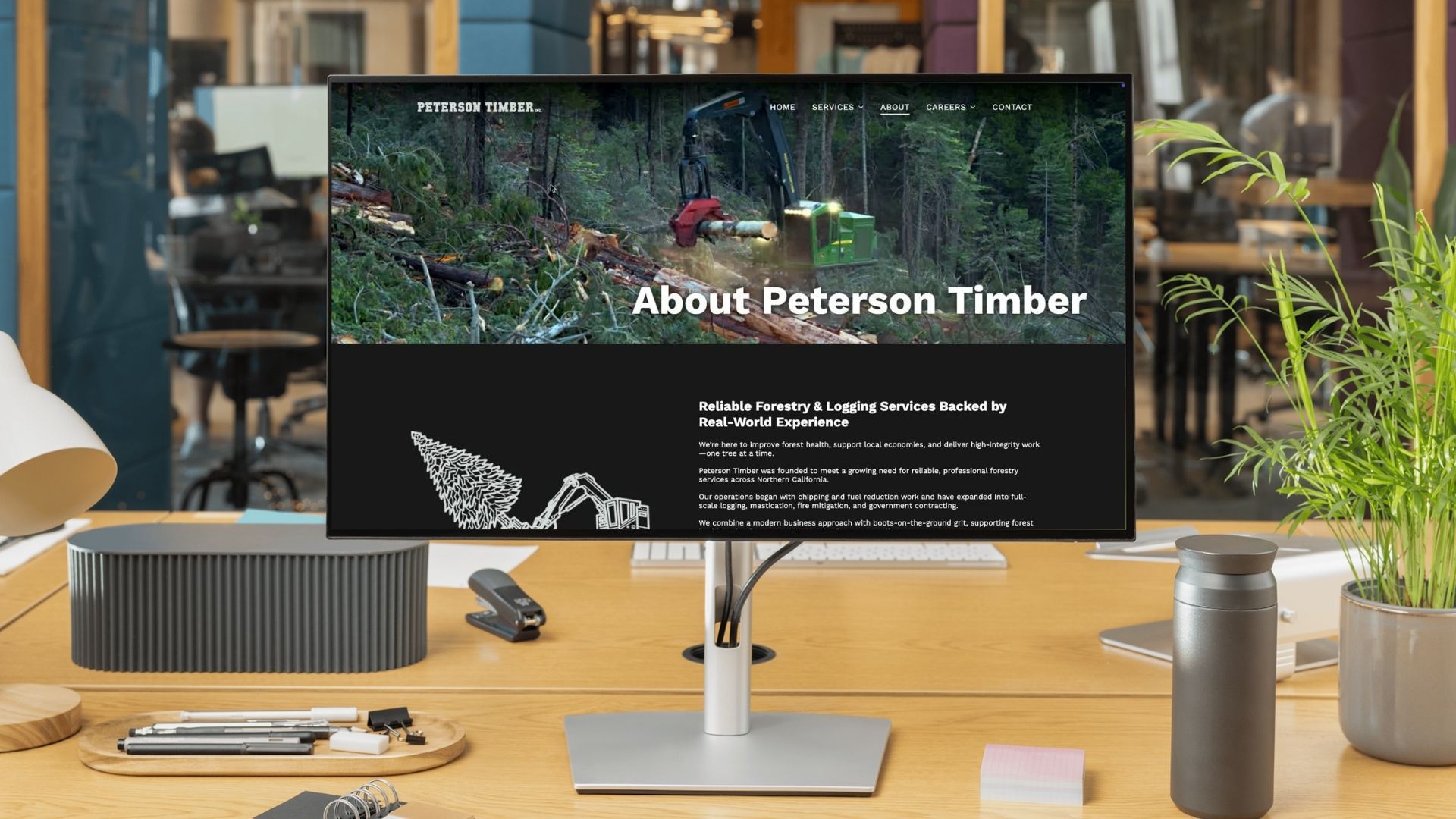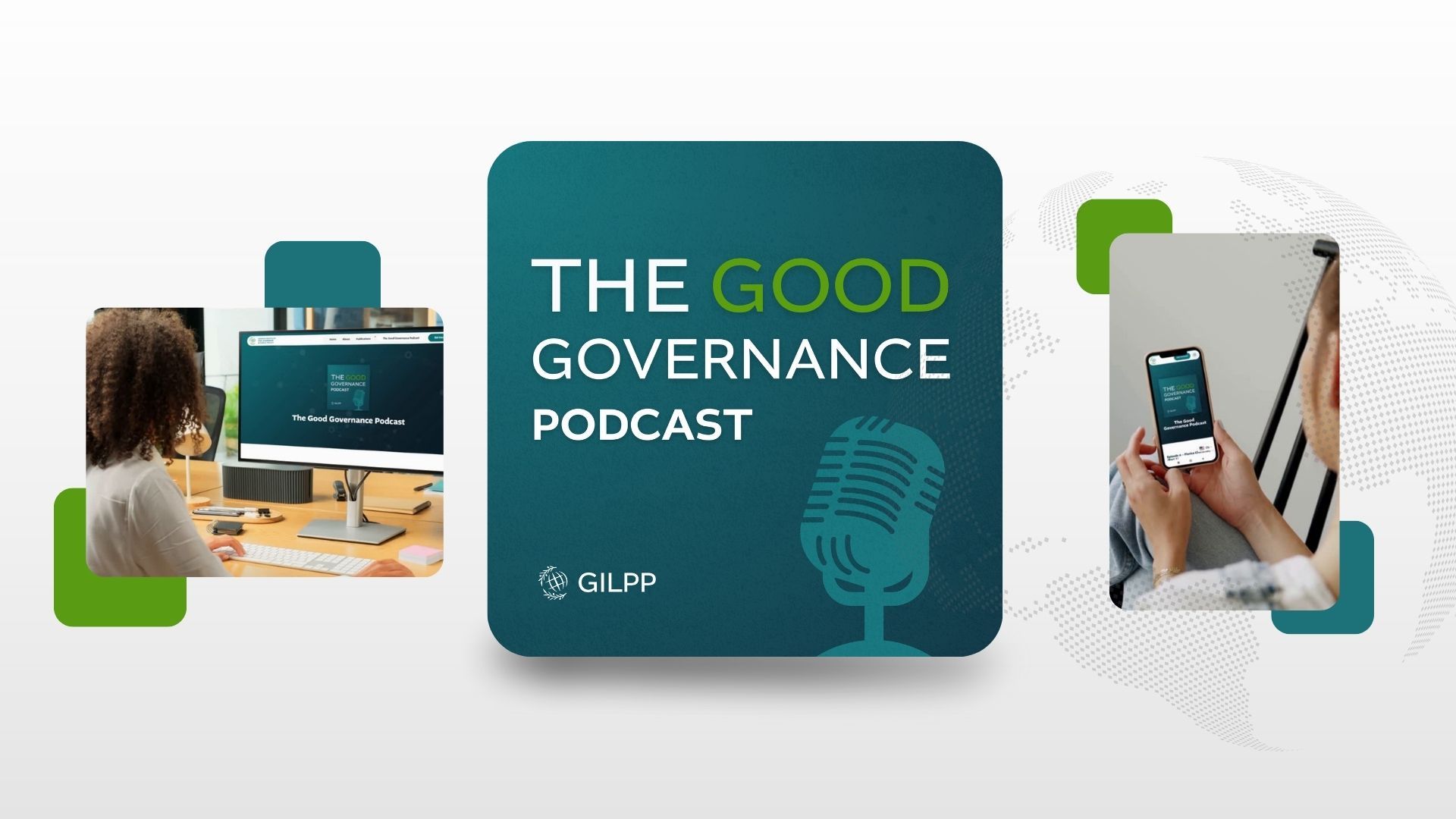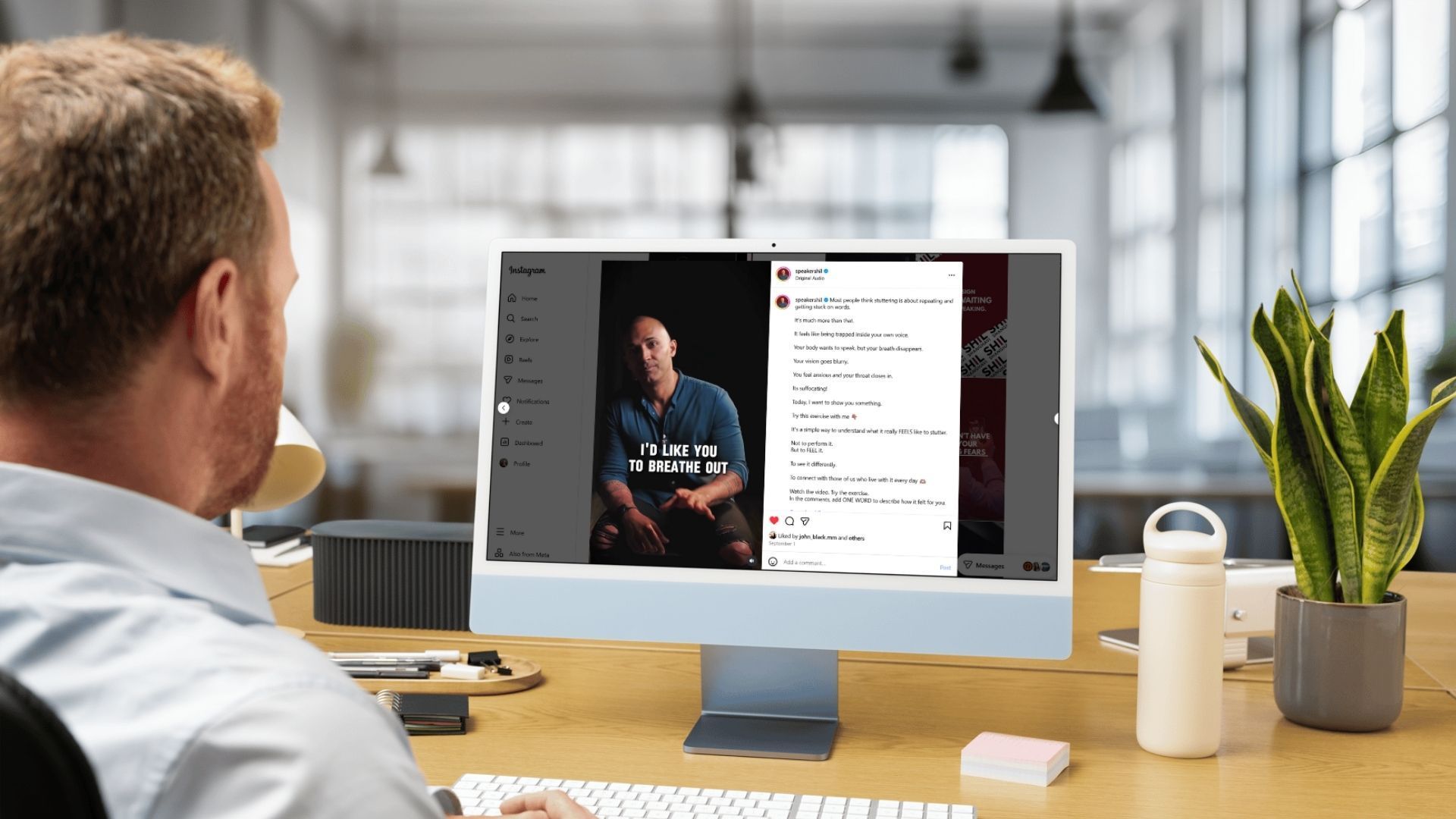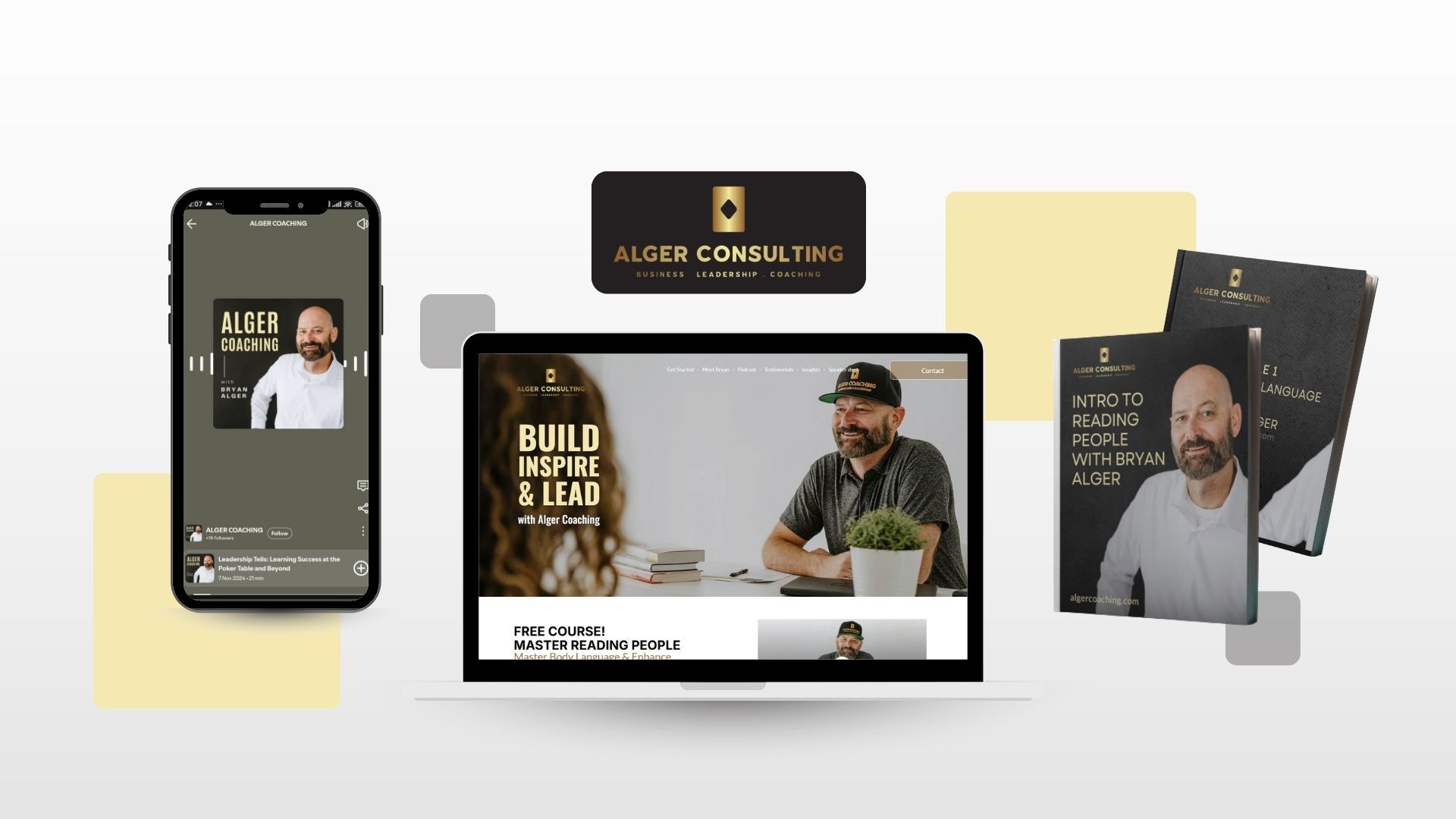
Why Small Businesses Think They Can’t Compete in Marketing
Every year, big brands spend millions on Super Bowl ads, celebrity endorsements, and massive ad campaigns. And every year, small business owners see these flashy marketing efforts and think:
"We could never afford that. How can we possibly compete?"
The problem isn’t just budget—it’s the mindset that only big-budget marketing works.
“Small businesses see big brands dominating ads and assume they can’t play the same game. But in reality, small brands have advantages that corporations don’t. The key is using those advantages strategically.”
In this article, we’ll show you how to out-market bigger competitors using creativity, strategy, and speed—without spending a fortune.

Step 1: Stop Trying to Market Like Big Brands
Big brands rely on expensive mass advertising because they have to. They need to reach millions of people and keep their brand top-of-mind.
But for a small business, brand awareness alone won’t drive sales.
What to Do Instead:
- Focus on building trust, not just exposure. Your goal isn’t just to be seen—it’s to be trusted.
- Make your marketing personal. Unlike big brands, you can engage with customers directly.
- Prioritize depth over reach. You don’t need millions of views—just the right customers seeing the right message.
Example: A small business selling handmade jewelry doesn’t need Super Bowl ads. Instead, they can build trust with a simple behind-the-scenes video on Instagram, showing how each piece is made.
Step 2: Use the Agility Advantage
Big companies are slow. They have layers of approvals, committees, and bureaucracy before they can launch a campaign.
Small businesses, on the other hand, can move fast.
“Small businesses see big brands dominating ads and assume they can’t play the same game. But in reality, small brands have advantages that corporations don’t. The key is using those advantages strategically.”
How to Use This Advantage:
- Test marketing ideas quickly. Try a new ad, offer, or piece of content in days—not months.
- Capitalize on trends immediately. Be the first in your niche to respond to customer needs.
- Refine what works. Use real feedback to adjust your approach.
Step 3: Focus on High-Impact, Low-Cost Marketing Strategies
You don’t need a Super Bowl budget—you just need the right strategies.
The Best High-Impact Marketing Tactics for Small Businesses:
1. Story-Driven Marketing
Big brands tell polished, corporate stories. Small businesses can tell authentic, personal stories that resonate.
Example:
Instead of an expensive commercial, a small bakery could share a simple, heartfelt Instagram post about why they started their business.
“People don’t just buy products—they buy the story behind them. Small businesses have an advantage here because they can share real, relatable stories.”
2. Community-First Marketing
Big brands talk to customers. Small businesses can talk with them.
Ways to Engage Locally & Online:
- Host small events or workshops.
- Engage in local Facebook groups or Reddit communities where your customers are.
- Reply to every comment and message—big brands can’t do this at scale, but you can.
3. Leveraging User-Generated Content (UGC)
Customers trust other customers more than ads. Encourage them to create content for you.
How to Get UGC:
- Ask happy customers to share photos or videos using your product.
- Create a branded hashtag and feature the best posts.
- Offer small incentives (discounts, features on your page) for UGC
Step 4: Use Smart, Cost-Effective Ad Strategies
Many small businesses waste money on ads because they try to run them like big brands.
Instead, use highly targeted, budget-friendly ad strategies.
- Focus on retargeting ads. Show ads only to people who have visited your site.
- Use interest-based targeting. Target specific niches instead of broad audiences.
- Start with a small budget and scale what works.
Example: Instead of running expensive general Facebook ads, a local gym could target people within 5 miles who have engaged with their Instagram page.
Want expert help with ad strategies? Get a free marketing audit.
Step 5: Build Long-Term Marketing Assets
One of the biggest mistakes small businesses make? Only focusing on short-term marketing.
If you rely only on ads or social media, you’re always chasing customers. Instead, build marketing assets that bring in customers long-term.
Marketing That Grows Over Time:
- SEO-Optimized Content – Blog posts, guides, and videos that rank on Google.
- Email Marketing – A list of engaged customers you can reach anytime.
- Referral & Loyalty Programs – Encouraging happy customers to spread the word.
“Big brands spend money on visibility. Small businesses should invest in assets that compound over time—so marketing gets easier, not harder.”
You Don’t Need a Big Budget, Just the Right Strategy
Big brands spend more on marketing—but that doesn’t mean they do it better.
Small businesses can compete by:
- Being agile and testing ideas quickly
- Using authentic, story-driven marketing
- Engaging directly with customers
- Running targeted, budget-friendly ads
- Building long-term marketing assets
Want expert help crafting a marketing strategy that works for your small business?
- Get a free marketing audit.
- Subscribe to our YouTube channel for small business marketing tips.
- Connect with Jake Mooney on LinkedIn.
Marketing isn’t about spending more—it’s about marketing smarter. Start small, stay consistent, and let your results build over time.
Unimpressed with your marketing?
Get support and direction with these resources:
- Free Marketing Audit Workbook - Download Now
- Subscribe to Our YouTube Channel - Subscribe
- Get a custom strategy for your business - Get In Touch
- Connect with Jake on LinkedIn - Connect
Unimpressed with your marketing?
Get support and direction with these resources:
- Free Marketing Audit Workbook - Download Now
- Subscribe to Our YouTube Channel for practical marketing tips and strategies. Subscribe
- Contact Us - Let’s create a custom strategy for your business. Get In Touch
- Connect with Jake Mooney on LinkedIn - Connect
How Small Businesses Can Create Big-Impact Marketing (Without Super Bowl Ads)












